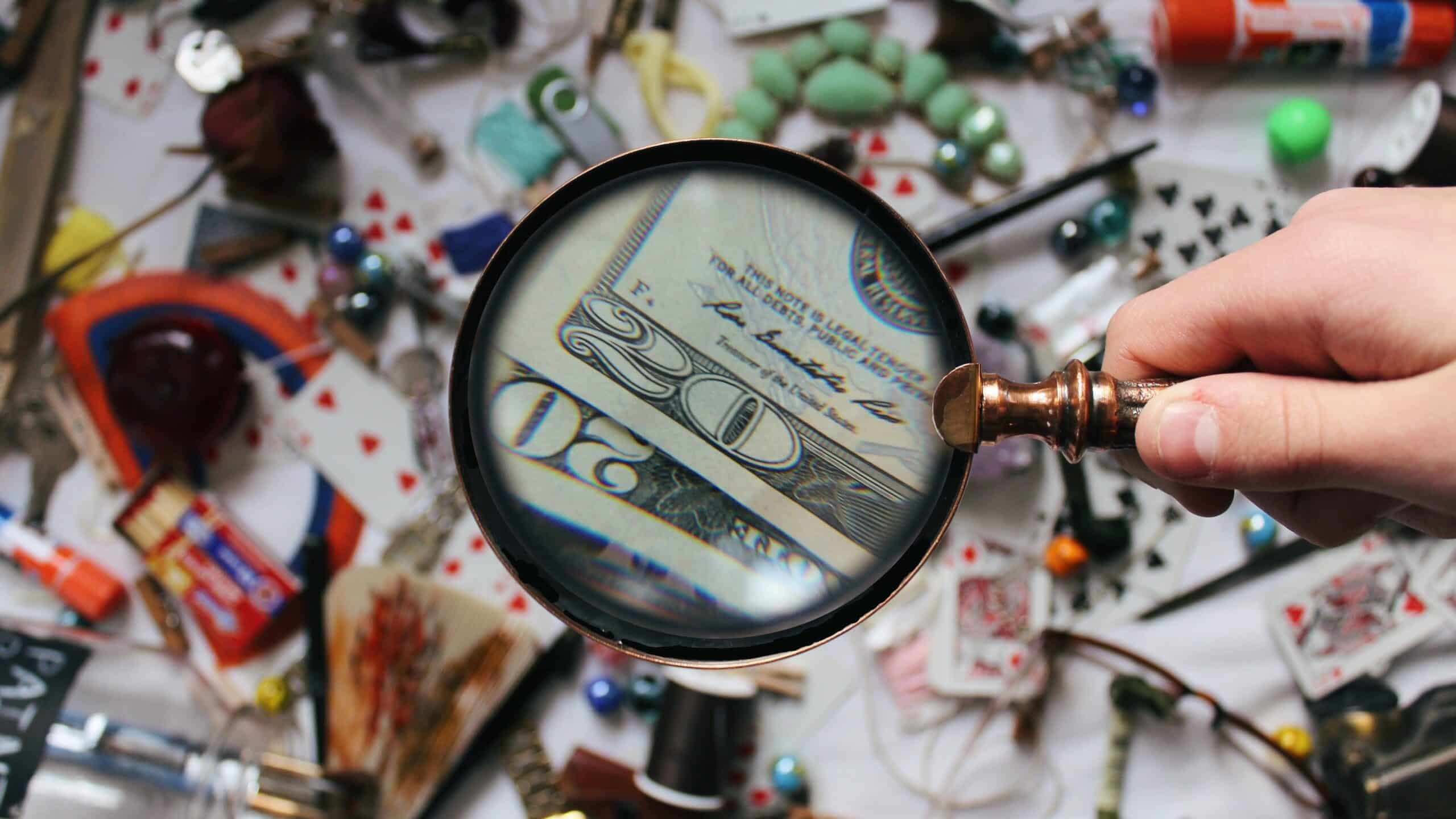Why Tinkering is Important for Kids

A new study finds that tinkering with “everyday” science-related objects at home could be an important way to build science interests and skills in kids, but children may not always know if they have access to these items.
Published in Research in Science Education, the findings were drawn from a survey of kids and their parents about whether they have access to tools at home like a thermometer, measuring cup, a map, a yardstick or a magnifying glass. Researchers found children’s access to or awareness of these items at home was linked to their self-confidence in science.
“Ordinary tools that we have around the house can play an important role in building interest in science careers, and can help children develop new lifelong hobbies,” said study co-author Gail Jones, Alumni Distinguished Graduate Professor of Science Education at North Carolina State University.
The Abstract spoke with Jones about the study, which was led by Megan Ennes, assistant curator of museum education at the Florida Museum of Natural History.
The Abstract: How does having science tools at home help engage kids in learning science and developing interest in STEM fields? How did you measure this?
Gail Jones: We define science toys and tools as the things that children typically have in the house that can be used to explore different dimensions of science. It might be a ruler, a yard stick, a measuring tape or a scale. For the study, we selected normal, ordinary, everyday things, but we also included a few more that are more sophisticated, like a telescope or a microscope. We’ve been looking at how access to these tools contributes to the degree to which a child feels like science is part of their future career or contributes to lifelong interest in science. We found that having access to tools is significantly related to the child’s self-confidence in science, what we call self-efficacy, and science identity, the degree to which they see themselves as someone who can do science.
Also, having access to these tools is related to a child’s perception that their family values science. When they think that the family values science, they are more likely to want to go into a career related to a STEM field.
TA: What is “tinkering”? Why is it important?
Jones: Tinkering is essentially spontaneous play. It is often unstructured and involves “messing about.” It is important for adults to allow children time to just tinker and experiment with everyday objects. This could involve building a tower with paper straws, making a bridge with toothpicks or figuring out how to use different kinds of tools and objects. There is evidence that when children just sit and independently play with some of these tools, they develop skills and confidence in science and mathematics.
TA: What gaps in access did you see for these tools, and is there anything that educators or parents can do to address them?
Jones: We’re very concerned that some of the children in the study reported they didn’t have access to ordinary tools like a timer, measuring cups or a ruler. More than half of the children reported they didn’t have access at home to some of these tools. We need more research, but we speculate that if children are not able to experiment with these kinds of tools at home, when they go to school and they’re asked to do things in science like measure liquids, or use a scale, they don’t know how to use the tool in an instructional task. They’re already behind other children when they enter that classroom.
We believe there are some easy solutions. Part of the solution is for parents to make children aware if they have access to these tools at home, and encourage them to experiment with how tools work, and just allow children to use tools in everyday life. Parents can challenge their children to measure how long the room is or find out how much their chicken nuggets weigh.
Another idea is for schools to provide a science-oriented backpack with take-home materials like a compass, magnifying glass or tape measure. These could be sent home at the beginning of the year and families can be encouraged to explore and use the materials together. If families work together to make things and solve problems, these activities can build the child’s belief that science is viewed by the family as important. We know not everyone has a telescope, but we believe with a little effort, every child could have access to a magnifying glass, a timer or calculator.
- Categories:


